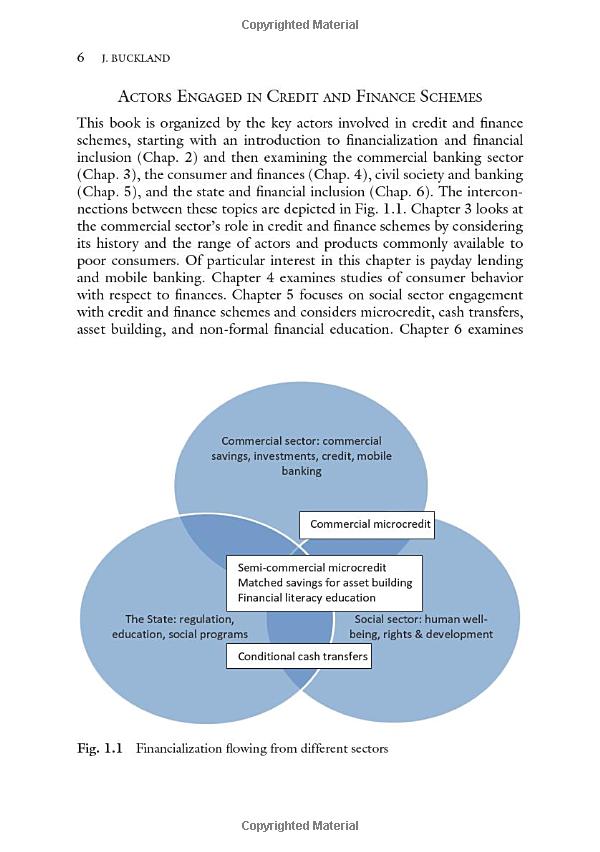Understanding the Consequences of Default on Loans: How to Avoid Financial Pitfalls
Guide or Summary:Default on LoansCauses of Default on LoansPreventing Default on LoansImplications of Default on LoansDefault on LoansDefault on loans refer……
Guide or Summary:
- Default on Loans
- Causes of Default on Loans
- Preventing Default on Loans
- Implications of Default on Loans
Default on Loans
Default on loans refers to the failure to meet the legal obligations or conditions of a loan agreement. This situation typically arises when a borrower fails to make the required payments on time, leading to serious financial and legal repercussions. Understanding what default on loans means and its implications is crucial for anyone considering borrowing money, whether for personal, educational, or business purposes.
When a borrower defaults on a loan, the lender may take various actions to recover the owed amount. This can include charging late fees, increasing interest rates, or even initiating legal proceedings. In many cases, the lender may also report the default to credit bureaus, which can significantly damage the borrower's credit score. A lower credit score can make it challenging to secure future loans, obtain credit cards, or even rent an apartment.
Causes of Default on Loans
There are several reasons why borrowers may default on loans. One common cause is financial hardship, which can stem from job loss, medical emergencies, or unexpected expenses. When individuals or businesses face financial difficulties, they may prioritize essential bills over loan payments, leading to defaults.
Another reason for default on loans can be poor financial management. Borrowers who do not budget effectively or fail to keep track of their debts may inadvertently miss payments. Additionally, taking on too much debt without a clear repayment plan can lead to overwhelming financial obligations, making it difficult to stay current on loans.

Preventing Default on Loans
Preventing default on loans requires proactive measures and financial discipline. Here are some strategies borrowers can implement to avoid falling into default:
1. **Create a Budget**: Establishing a budget helps individuals track their income and expenses, ensuring that they allocate enough funds for loan payments. This practice can prevent overspending and help borrowers prioritize their financial obligations.
2. **Communicate with Lenders**: If a borrower anticipates difficulty making a payment, it is essential to communicate with the lender as soon as possible. Many lenders offer hardship programs or may be willing to negotiate new payment terms to help borrowers avoid default.
3. **Consider Loan Consolidation**: For those struggling with multiple loans, consolidation can simplify repayment by combining several loans into one with a potentially lower interest rate. This can make monthly payments more manageable.

4. **Emergency Fund**: Building an emergency fund can provide a financial cushion in times of unexpected expenses or job loss. Having savings set aside can help borrowers continue making loan payments even during difficult times.
Implications of Default on Loans
The implications of default on loans extend beyond immediate financial consequences. A default can lead to long-term effects on a borrower’s financial health, including:
- **Credit Damage**: A default will negatively impact a borrower’s credit score, making it difficult to obtain future credit or loans. This can result in higher interest rates and less favorable loan terms in the future.
- **Legal Action**: In severe cases, lenders may pursue legal action to recover the owed amount, which can lead to wage garnishment or liens on property.

- **Asset Loss**: For secured loans, such as mortgages or auto loans, defaulting can result in the loss of the asset. Lenders have the right to repossess collateral if payments are not made.
In conclusion, understanding default on loans is crucial for anyone considering borrowing. By recognizing the causes of default, implementing preventive measures, and being aware of the potential implications, borrowers can navigate their financial responsibilities more effectively and avoid the pitfalls of loan default. Financial literacy and proactive management are key to maintaining a healthy financial future.